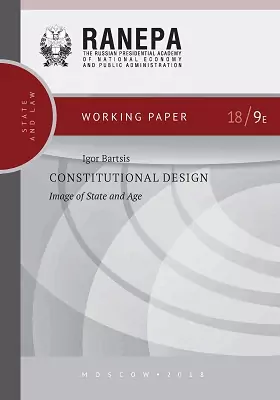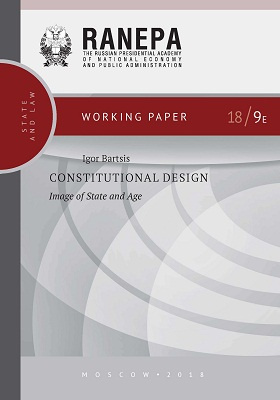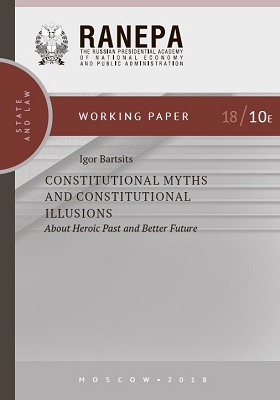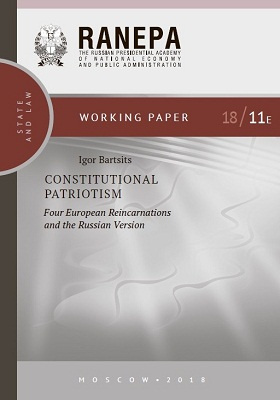Constitutional Design: Image of State and Age = Конституционный дизайн: образ государства и образ эпохи
Год: 2018
Место издания: Moscow
ISBN: 978-5-7749-1387-9
Страниц: 57
Артикул: 78544
Краткая аннотация книги "Constitutional Design: Image of State and Age"
The purpose of this paper is to comprehend, explore and describe Constitutional Design as a phenomenon of constitutional theory and practice from the perspective of its usage as a criterion for the assessment of the aesthetics, beauty and topology of constitutions, as well as a set of tools of legal linguistics and legal writing. The author pays special attention to the evolution of constitutional design as such, constitutional and legal thought, their dependence on profound changes in the course of development of the society, law, and culture.
Содержание книги "Constitutional Design: Image of State and Age"
Introduction
General Defi nition of Design
The Notion of Constitutional Design. Does it Have the Right to Exist?
Constitutional Design and Constitutional Model
The Image of State and Age
From Constitution of State to Constitution of Society
Universalization and Development of Comparativism
Beauty in Constitutional Terms
Criteria for Constitutional Design Analysis — Empiric and Aesthe tic Rules
Afterword — On Constitutional Design without Metaphors
References
Все отзывы о книге Constitutional Design: Image of State and Age
Отрывок из книги Constitutional Design: Image of State and Age
2 3U D Cence of their legal doctrines and existing constitutions. For example, American constitution designers played a signifi cant role in the mode-ling of the supreme laws of Japan (where their pressure was the big-gest), Germany and Italy [24]. Soviet legalists openly infl uenced on the development of constitutions by the states that over the next four dec-ades were part of the People’s Democracies bloc [5; 8; 13; 15]: Yugosla-via (1946 Constitution), Czechoslovakia (1948 Constitution), Romania (1947 and 1952 Constitutions), Poland (1947 Minor (Lesser) Constitu-tion and 1952 Constitution of the Polish People’s Republic), Hungary and German Democratic Republic (1949 Constitutions).Most interesting for the analysis of the constitutional trends of this period are the Basic Law for the Federal Republic of Germany and the Constitution of Japan — the constitutional acts of two states that did not only loose World War I I (the history of mankind is a long chain of wars, in which some countries declared themselves victors, while oth-ers were seeking to minimize the cost of loss). Probably for the fi rst time in the human history the defeated states, beside their territorial losses, fi nancial costs and deprivation of political rights, were convict-ed of crimes against humanity, and their leaders appeared before an international tribunal. But even in such circumstances these countries, destroyed and humiliated, needed to develop a constitutional and le-gal framework of their future, and present the image of this future to the rest of the world.Japan made attempts to keep intact the 1889 Constitution of the Em-pire of Japan known as Meij i Constitution, but Major General Courtney Whitney and Lieutenant Colonel Milo Rowell, on behalf of the US Military Government, drafted and presented to the Japanese Parliament a new constitution, which was in many ways based on the doctrine of Ameri-can constitutionalism. The American version o...
С книгой "Constitutional Design: Image of State and Age" читают
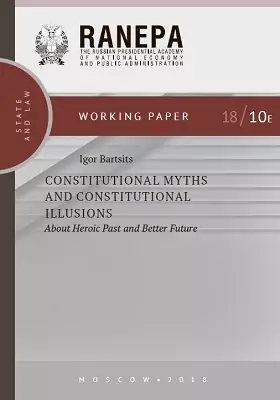
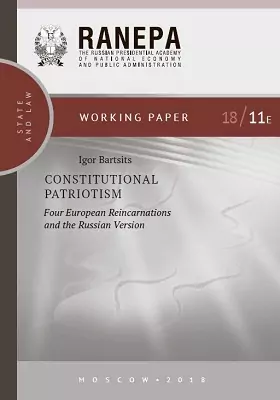
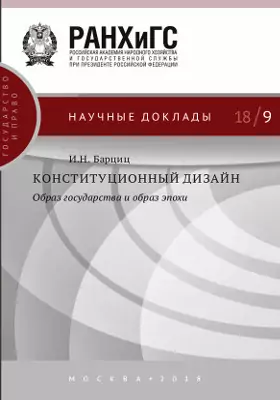

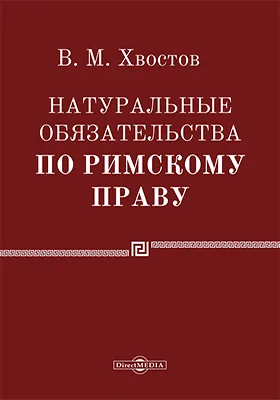
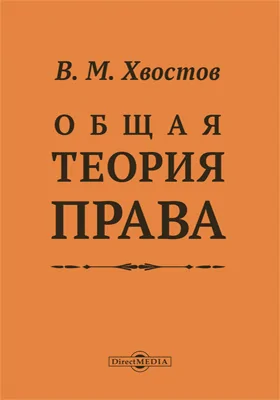



Бестселлеры нон-фикшн



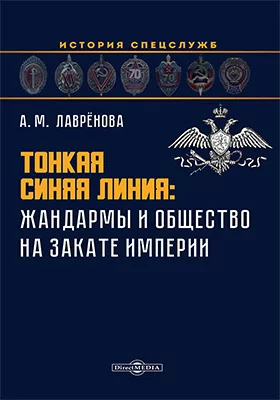

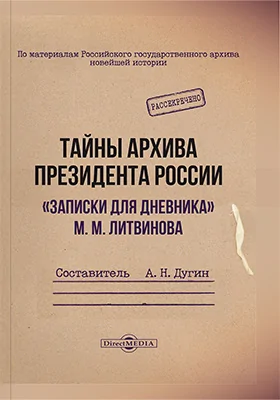
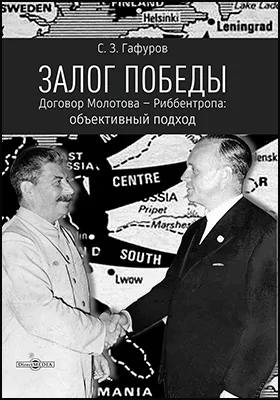

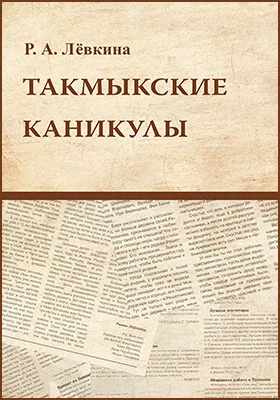


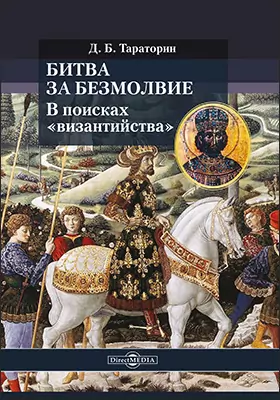

Новинки книги нон-фикшн





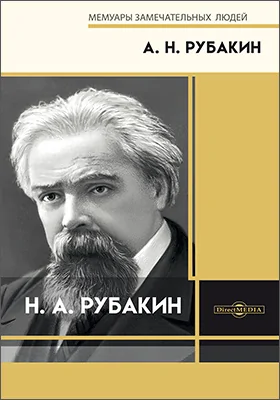







и мы свяжемся с вами в течение 15 минут
за оставленную заявку

